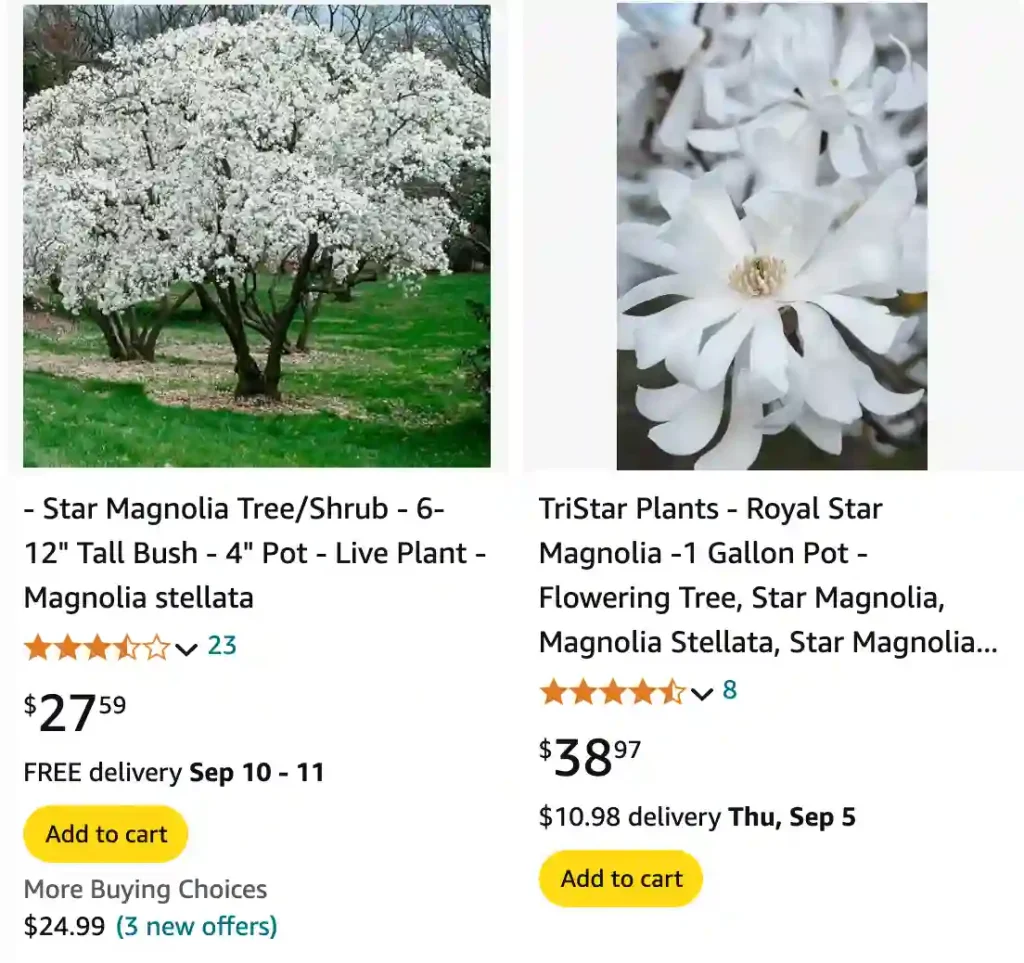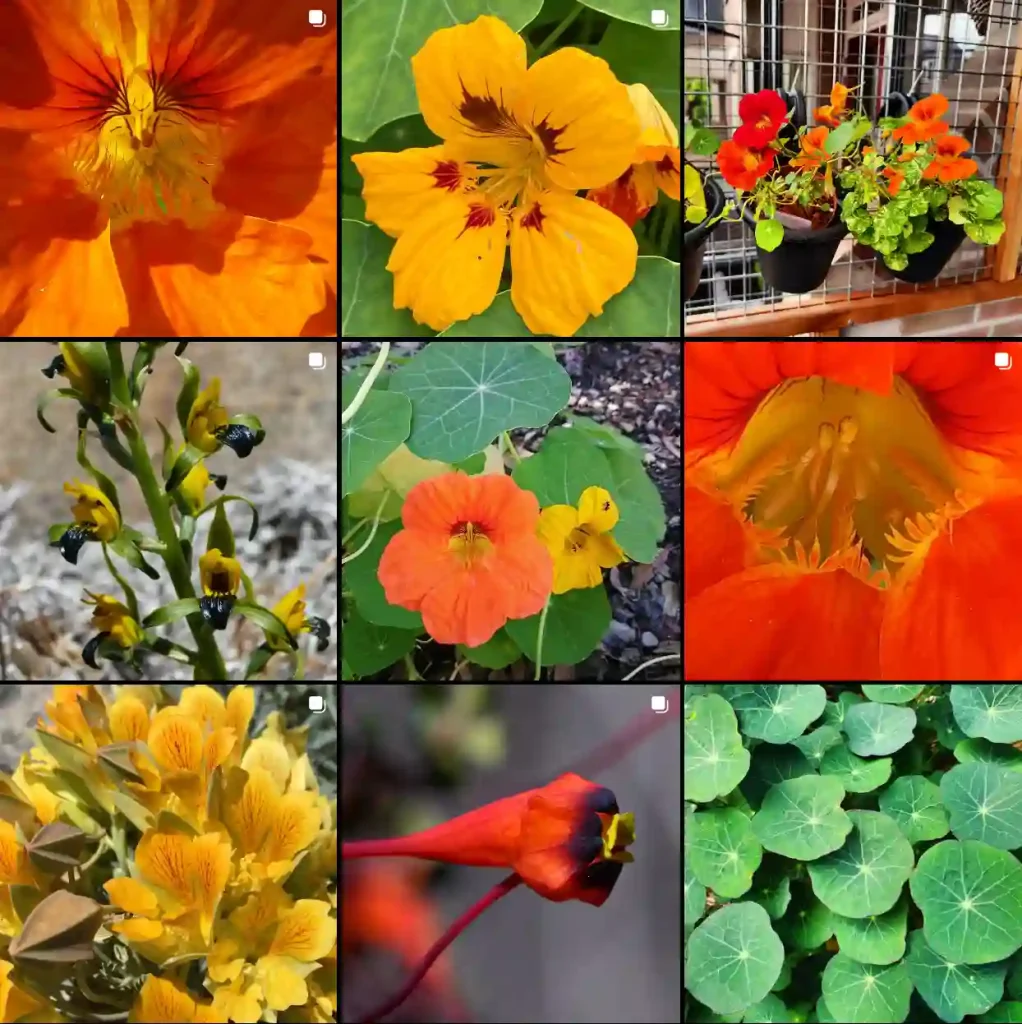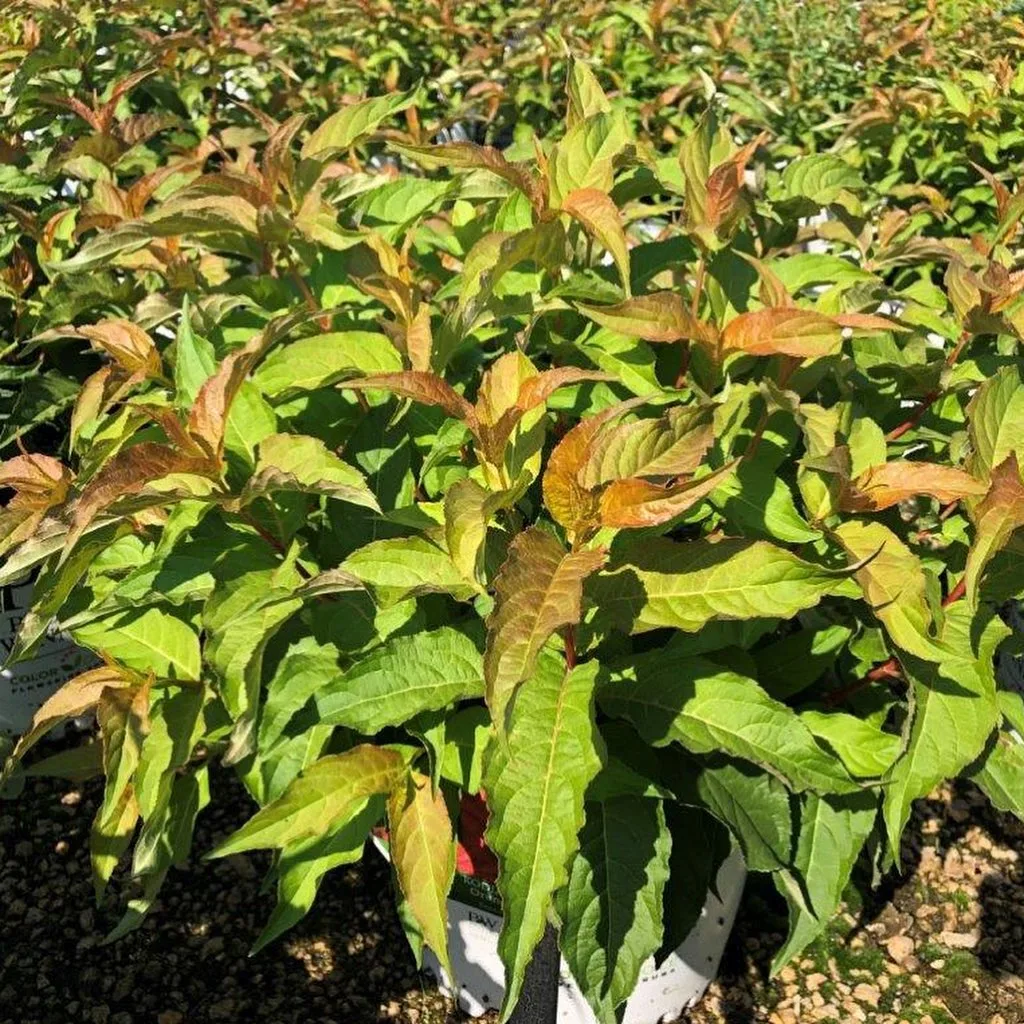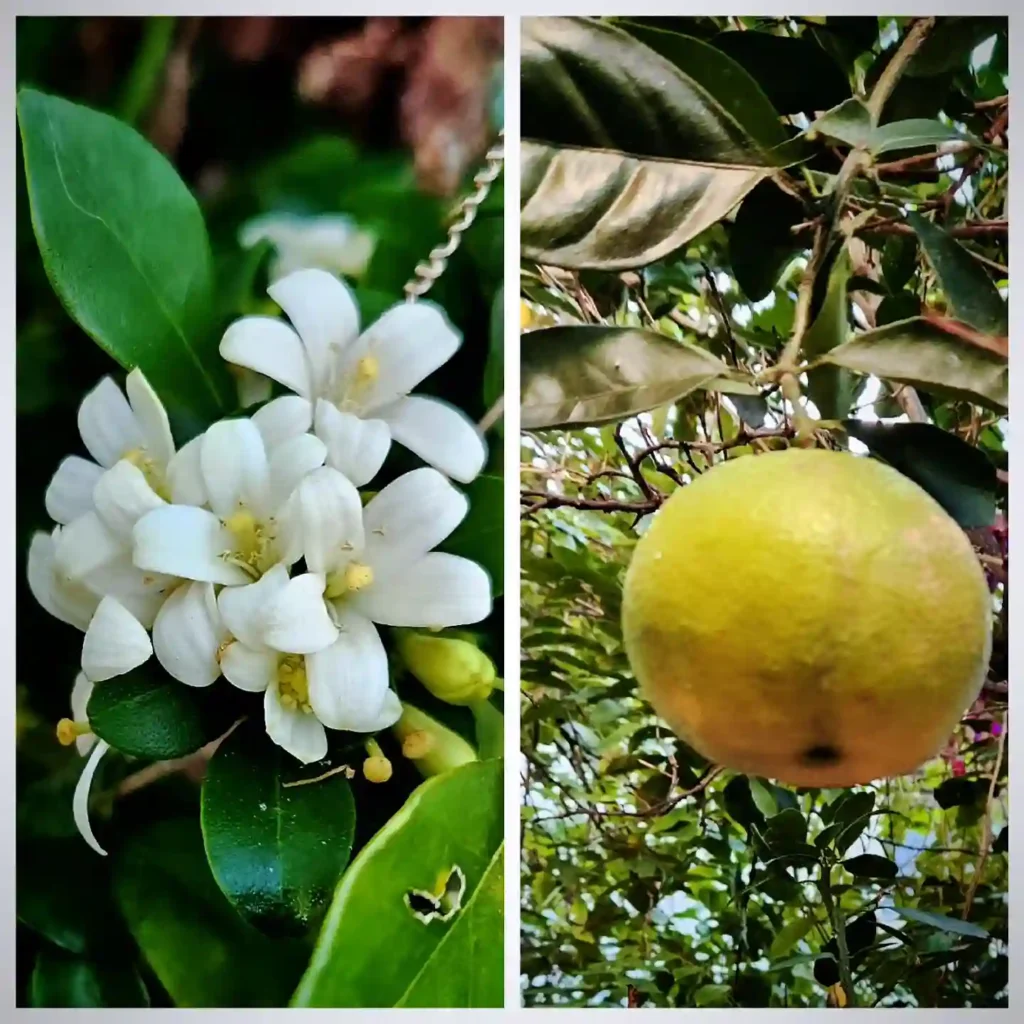
FAQs About Magnolia Stellata: Your Ultimate Guide
Magnolia Stellata, commonly known as Star Magnolia, is one of the most charming and versatile trees you can grow in your garden. Its striking, star-shaped flowers and lovely fragrance make it a favorite among gardeners. However, caring for this beautiful plant comes with its own set of questions and considerations. In this article, I’ll dive into some frequently asked questions about Magnolia Stellata, sharing my personal experiences and insights.
371 Species in Genus Magnolia
Can Magnolia Stellata Be Grown in a Pot?
Absolutely! Magnolia Stellata can be grown in a pot, making it a perfect choice for container gardening. When growing it in a pot, choose a container that’s large enough to accommodate the tree’s root system as it grows. Opt for a well-draining potting mix and ensure the pot has adequate drainage holes to prevent waterlogging. Regular watering and occasional feeding will help keep your potted Magnolia Stellata healthy and blooming.
How to Grow Magnolia Stellata?
Growing Magnolia Stellata is quite straightforward if you follow a few key steps. Start by selecting a location that offers full sun to partial shade. The soil should be well-draining, rich in organic matter, and slightly acidic to neutral. When planting, dig a hole twice as wide as the root ball and just as deep. Place the tree in the hole, ensuring that the top of the root ball is level with the soil surface. Water thoroughly after planting and mulch around the base to retain moisture and suppress weeds.
When Does Magnolia Stellata Flower?
Magnolia Stellata typically blooms in early spring, usually between March and April, depending on your location. The flowers are star-shaped, white to pale pink, and emit a delightful fragrance. The blooming period is relatively short but spectacular, making it a highlight of the spring garden.
How to Prune Magnolia Stellata?
Pruning Magnolia Stellata is essential for maintaining its shape and health. The best time to prune is right after flowering, in late spring or early summer. This timing helps avoid cutting off next year’s flower buds. Start by removing any dead or damaged branches. To shape the tree, selectively cut back any overly long or crossing branches to promote a balanced structure. Avoid heavy pruning, as Magnolia Stellata has a slow growth rate and can be sensitive to extensive cutting.
When to Prune Magnolia Stellata?
Pruning should be done after the blooming period. This ensures that you don’t remove buds for the next year’s flowers. Late spring or early summer is ideal for pruning Magnolia Stellata, allowing the tree to heal and prepare for the next growing season.
Can Magnolia Stellata Be Moved?
Yes, Magnolia Stellata can be moved, but it requires careful planning. The best time to transplant is during the dormant season, either in late fall or early spring before new growth begins. Ensure you dig up as much of the root ball as possible to minimize shock. After relocating, water the tree thoroughly and keep an eye on it for signs of stress.
How to Propagate Magnolia Stellata?
Propagating Magnolia Stellata can be done through seeds, cuttings, or grafting. For seed propagation, collect seeds from the mature cones, stratify them in a cold, moist environment for several months, and then sow them in a well-draining potting mix. For cuttings, take semi-hardwood cuttings in late summer, dip them in rooting hormone, and plant them in a mix of peat and perlite. Keep the cuttings in a warm, humid environment until they develop roots.
Is Magnolia Stellata Evergreen?
No, Magnolia Stellata is not an evergreen. It is deciduous, meaning it loses its leaves in the fall. However, its striking flowers and attractive branches make it a beautiful addition to the winter landscape when many other trees are bare.
Will Magnolia Stellata Grow in Shade?
Magnolia Stellata prefers full sun to partial shade. While it can tolerate some shade, it generally performs best with at least 4-6 hours of direct sunlight each day. Insufficient light can lead to reduced flowering and slower growth. If you have a shaded garden, consider planting it in a spot where it can receive morning sun or filtered light throughout the day.
What to Plant Under Magnolia Stellata?
When choosing plants to grow under Magnolia Stellata, consider options that thrive in similar conditions. Low-growing perennials, ground covers, and shade-tolerant plants work well. Options include hostas, ferns, and shade-loving bulbs like snowdrops. Avoid planting anything that competes heavily for nutrients and water, as Magnolia Stellata’s roots can spread out significantly.
Can You Grow Magnolia Stellata Indoors?
Growing Magnolia Stellata indoors is not ideal. It requires a large amount of space and specific light conditions that are challenging to replicate indoors. Additionally, the tree’s natural growth habit and size make it better suited for outdoor environments where it can fully develop and thrive.
Is Magnolia Stellata Toxic?
Magnolia Stellata is not known to be toxic to humans or pets. However, as with many plants, it’s best to avoid ingestion and keep an eye on pets to ensure they don’t chew on the foliage.
Common Problems and Solutions
Magnolia Stellata is relatively pest and disease-resistant, but it can occasionally face issues such as powdery mildew or scale insects. Ensuring good air circulation, proper watering practices, and regular inspections can help manage these problems. For powdery mildew, a fungicide may be necessary, and for scale insects, insecticidal soap or neem oil can be effective treatments.
In conclusion, Magnolia Stellata is a rewarding tree with its stunning spring blooms and elegant form. By understanding its needs and following these care tips, you can enjoy a healthy and beautiful Magnolia Stellata in your garden for years to come.
If i die, water my plants!



